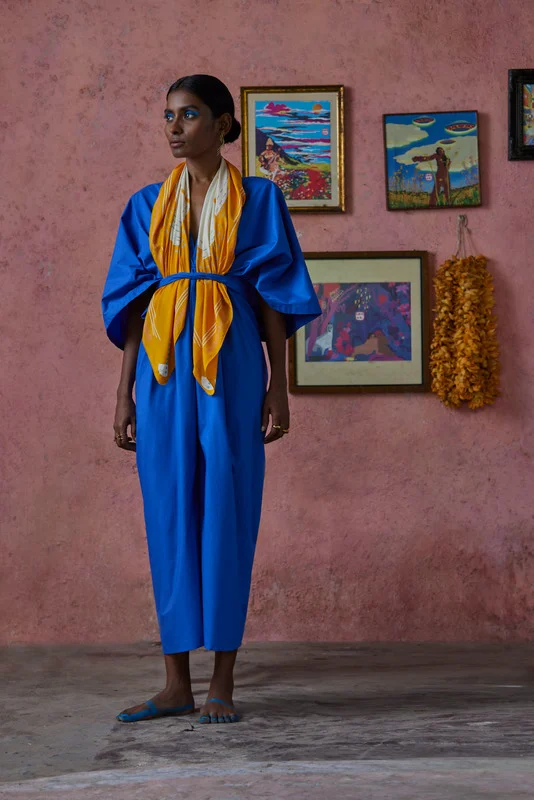
More than anything else, sustainability is a culture.
It’s not something you can buy, or simply a synonym for recycling. As such, it requires a holistic approach that factors in historical inequities, resource preservation and the transformation of our hearts and minds.
And though indigenous perspectives and methods offer priceless insights into forging a more harmonious relationship with the earth and each other, we also live in a world where the norm is waste and exploitation.
Activists for change have to channel some serious warrior energy to break through the status quo and build new systems that are transparent, fair and inclusive.
We want to highlight three teachers that help us make sense of sustainability, and practice it as good stewards of time, community and story.
The first teacher is a gentle warrior, and a figure who isn’t often associated with the sustainability movement, yet, we feel her insights on time and attention make her an important voice in the conversation.
Dr. Dawna Ballard is a professor of chronemics at the University of Texas at Austin.
Chronemics is the study of the role of time in communication, and Dawna is especially interested in how our understanding of time impacts our work.
She points out that “referring to work and life as separate things only began with industrial work. It was used to develop ‘time discipline’ among agrarian populations transitioning into factories. The idea was that once you clocked in to work, you should leave your life outside. This is because—in agrarian work—the two were always intermingled.
It was the event, not the clock, that determined what needed to be done at any given moment. Now, in post-industrial work, our lives are once again intermingled constantly and many people choose careers that speak to them at a personal level. In contrast, early factory work was about earning a steady predictable wage outside of the home.
Since our lives are more intermingled it is hard for us to figure out how to ‘balance’ something that doesn’t seem separable into parts. Even if we could, it’s usually hard for people to figure out how to quantify these two things so that they can be weighed against each other, which is necessary to balance anything. So, instead, we are attempting to complete some kind of magic trick—balancing two things that we don’t know how to separate or measure. It’s a waste of time because it’s all a fiction—designed to get us to be better workers—in the first place.” (Forbes, Hervey)
Rather than chasing after a fictional work-life balance, she prescribes flexibility, mindfulness and intentional alignment, whether that be focused on cultivating (planning regular activities), creating (charting new territory), or concentrating (focusing without interruption).
How do her ideas help us live a more sustainable life?
By making visible control mechanisms inherited from the industrial revolution, Dawna offers us an alternative to measuring worth by productivity, and creates space for more self awareness, creativity and excellence.
Our second teacher is Aditi Mayer, a blogger and photojournalist who is on a mission to decolonize fashion. She points out that the supply chains of most major fashion brands map perfectly onto colonial trade routes, and challenges us to adopt a transnational perspective when it comes to social justice.
She pushes us to look past the optics of inclusion to confront the systemic oppression of BIPOC (black, indigenous people of color) via corporate accountability, workers rights, and consumer education.
With her voice and camera as critical tools, she brings a bold humanity to the question of sustainability and asserts that a true sense of community requires a rebalancing of the scales of power.
Our third, though by no means final, sustainability warrior and teacher is Céline Semaan, executive director of the non-profit, The Slow Factory.
Using an open education model, her nonprofit works tirelessly to create alternative narratives and networks to the current exploitative ones.
With pithy, yet powerful, statements such as “complexity doesn’t excuse exploitation” and “circularity is an indigenous concept,” she’s slowly curating a curriculum for students of sustainability, or as she refers to them—professional troublemakers.
She’s both a hub for dialogue and a well of resources and wisdom.
We return to these three warriors, all with a teacher’s heart, regularly to receive guidance, nourishment and support.
Sustainability is both an ancient (in its indigenous roots) and an infant (in its renaissance) space, and educational resources that are integrative and thoughtful are invaluable.
Who are the top voices reshaping your understanding of time, community and story when it comes to sustainability? Share them with us by email or social media.
With generous spirits and curious minds, we can begin to build a smaller, stranger (and more sustainable) world together.






